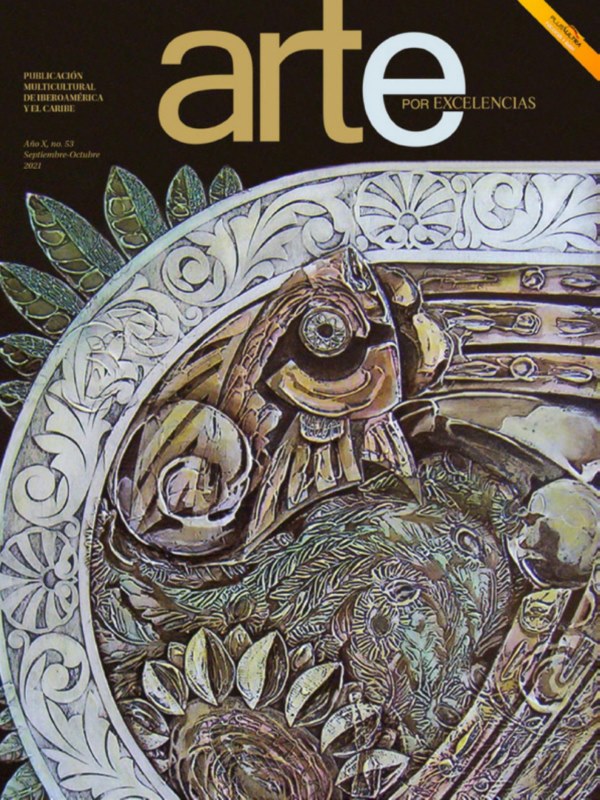Havana: Three picture exhibitions carried out by French anthropologist Pierre Verger were inaugurated this week: Cuba, una imagen en Pierre Verger (Photographic library of Cuba), De Brasil a Cuba: otro viaje de Pierre Verger (Heritage, Community and Environment Civil Society), and Pierre Verger: Conexiones caribeñas, at Casa de las Americas Latin American Gallery.
The displays were part of “Pierre Verger: Conexiones caribeñas” International Colloquium inaugurated at Casa de las Americas on March 15, with several institutions of the Cuban capital as venues in joint session with 2011 Antrophos Anthropology International Congress, held in the city. Pierre Fatumbi Verger y el Caribe book, (Fondo Editorial Casa), and Trance audiovisual show, with pictures taken by Jorge Luis Alvarez Pupo, were key elements during the closing ceremony (March 17).
 Pierre Verger (Paris, 1902-Brazil, 1996) visited over 80 countries, were he carried out ethnologist researches and gathered graphic testimonies of what he considered was worth to last. After a stay in Buenos Aires and Lima, he settled down in Salvador de Bahia when he was 44 years old.
Pierre Verger (Paris, 1902-Brazil, 1996) visited over 80 countries, were he carried out ethnologist researches and gathered graphic testimonies of what he considered was worth to last. After a stay in Buenos Aires and Lima, he settled down in Salvador de Bahia when he was 44 years old.
Pierre Verger’s interest on African Santeria practiced by the people in Salvador de Bahia led him to deeper researches. He joined the Yoruba religion and, in 1953, he was baptized as Fatumbi (Reborn). Besides innumerable scientific articles, photography books and documentary films, Pierre Verger produced some 62 thousand photographic negatives which are stored by the foundation carrying his name. Its president Gilberto Pedreira de Freitas Sa recently affirmed: “it gathers some 2.500 titles on afro-descendants in Brazil and Latin America, valuable objects of African culture and an amazing series of pictures, some of which have been already socialized thanks to the edition of almost 100 publications or books”. Likewise, Pedreira commented the importance of creation the Cultural and Social Center attached to the Foundation, which is in charge of shedding light, among young people in Bahia, on the contributions made by afro-descendants in Brazil.
In the opening ceremony, at Casa de las Americas, poet and essayist Roberto Fernandez Retamar commented Cuba book, with Verger’s pictures and Lydia Cabrera’s texts, and he praised the efforts by the Caribbean Studies Center, Casa de las Americas, so as to promote a meeting favoring the discovery of humanist Verger and his relation with African inheritance in our America.
Conversaciones, made in 2005 by Cuban artist Santiago Rodriguez Olazabal, was exhibited during the last session of the International Colloquium. The artist sets a creative dialogue between one of Verger’s shots and his own imagination.
 Kirenia Rodriguez Puerto, professor of Havana University and general coordinator for this Colloquium, highlighted Fatumbi as “a representative exponent of a researcher’s look translated into photography: urban and rural environments, the features of nature, black populations and cultural practices […] over four hundred images of Cuba, Martinique, Dominican Republic, Haiti, Trinidad and Tobago, Surinam, Guadalupe and Puerto Rico make up the artist’s Caribbean circuit.”
Kirenia Rodriguez Puerto, professor of Havana University and general coordinator for this Colloquium, highlighted Fatumbi as “a representative exponent of a researcher’s look translated into photography: urban and rural environments, the features of nature, black populations and cultural practices […] over four hundred images of Cuba, Martinique, Dominican Republic, Haiti, Trinidad and Tobago, Surinam, Guadalupe and Puerto Rico make up the artist’s Caribbean circuit.”
As Nelson Ramirez de Arellano Conde said, Verger’s architectural pictures “bravely show the daring foreshortenings of buildings without trying to correct the perspectives nor fearing the rough shadows generated by the tropic’s radiant light in clear days, but he uses the delineated of these diagonal shadows in order to draw the lines and details of buildings; finding risked solutions for an architectural photographer, so we discover the essence of a documental photographer, worried about the objectiveness of document and the design offered by naked shapes to the photographers eye, instead of the meticulous and manipulated representation of traditional architectural photography.”
Regarding to the heritage value of Verger’s images, Doctor Alicia Garcia Santana noted that: “Verger’s pictures are the expression of an advanced anthropologic approach”. On his fruitful work she said “that the apprehension of some missing buildings, such as La Luz Hotel, Puerto avenue”, and other “which were configuring the current image of our historical settlements”, so his pictures are presently a cultural legacy of transcendence in Cuban heritage “for, undoubtedly, they represent valuable testimonies of their time, useful in terms of monument preservation-restoration efforts.”
Source: http://laventana.casa.cult.cu/
Publicaciones relacionadas

Fundación Tres Pinos da a conocer su programación para 2025
Enero 03, 2025
La obra de Débora Delmar en el Museo Jumex
Diciembre 30, 2024
















